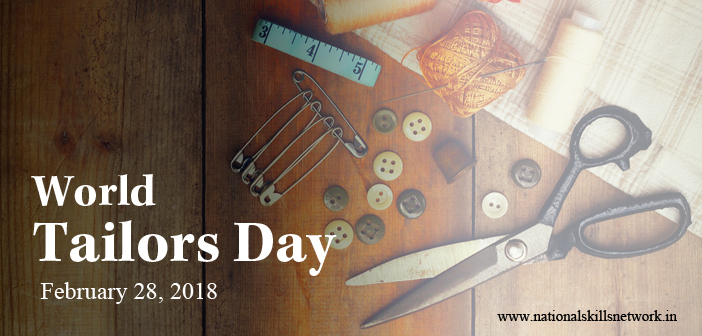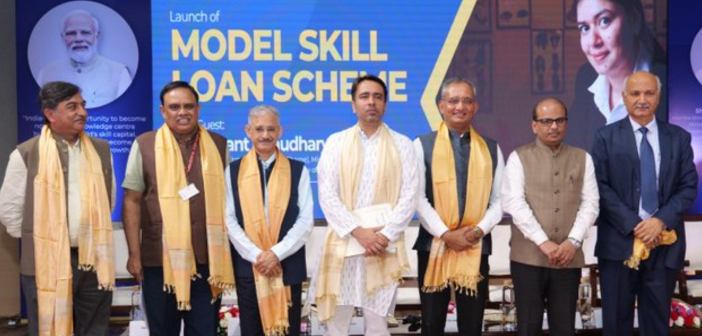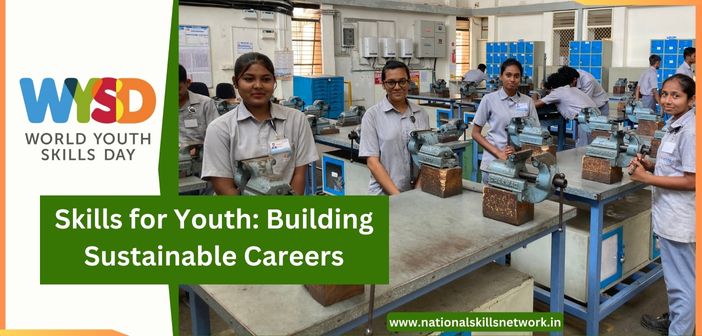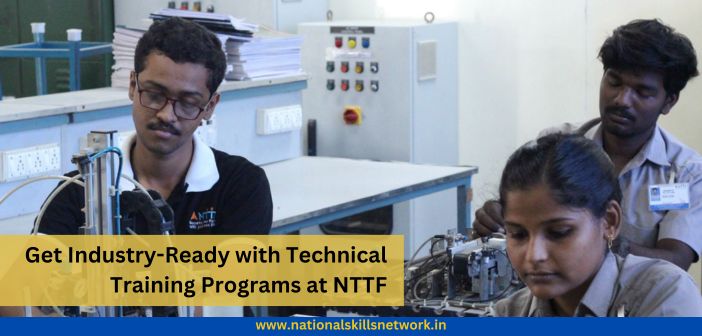Picture this. 32 year old Shilpa, a tailor from Hosur and mother of two school going children, wakes up at 6 am and hurriedly prepares her children’s breakfast and packs their tiffin boxes. After the children leave for school, Shilpa finishes the rest of her housework and rushes to her garment unit close to her home. There, she works on bulk orders received from schools and larger garment units in Hosur. Her factory has a strength of 20 women tailors who operate on industrial sewing machines to deliver orders to clients on a regular basis, working in flexible working hours to manage work-life balance. When workload increases during peak season, Shilpa hires few more self-employed tailors to manage on-time delivery. In a month, the unit makes around 1-2 lakhs which has turned its business into a sustainable one.
Imagine what would have been the situation before the sewing machine came into existence? Could Shilpa and her small team of tailors have managed to deliver such bulk orders within a short period of time? It would have actually taken the entire community to cut and sew so many garments, let alone deal with quality and standardization issues in the absence of a standard sewing machine. Needless to say, the apparel and textile industry would not have been what it is today had it not been for the standardised lock-stitch sewing machine with eye-pointed needle invented and patented by Sir William Elias Howe in 1846 that was later perfected with the invention of other accessories and better working models over time, especially the one patented by Isaac Singer.
On the occasion of World Tailor’s Day celebrated on 28th February every year to mark the birth anniversary of Elias Howe Jr, let us understand how the sewing machine shaped the apparel industry and gave jobs to millions across the world.
 Liberating the toiling women of the apparel industry
Liberating the toiling women of the apparel industry
Most of the sewing dating back in the olden days were carried out at home although few shops offered made-to-order tailoring services in small shops. Bespoke tailoring for noblemen and ladies involved the role of more than one tailor. While men usually took orders and measurement as well as cut the fabric as per the requirement, it was women who had to stitch the entire garment with their hands. It was a lowly paid job that needed hours of hard work. Women used to be bent on their stitching all day long to receive their meagre daily wage based on the amount of work they could complete.
With the advent of the sewing machine, women could actually find employment in bigger garment factories with better working conditions and pay. Work got standardised and so did their wages. Quality garments could be mass produced at a much lower cost, thereby reducing the cost of individual garments and making them pocket-friendly for masses. Ready-to-wear clothes found their place among the ranks of military and civilians alike.
“I work on hourly basis at a garment unit in my locality. I make almost Rs.8000 in a month stitching school uniforms, women’s ethnic wear and children’s garments. Of course I received training from LabourNet to handle the demands of modern tailoring and industrial tailoring machines.” Varalakshmi, Tailor, Hoskote, Karnataka
‘Bespoke’ tailoring for the masses
Sewing machine became the magic tool for standardizing garment production, creating garments of all sizes and reducing turnaround time of each garment. Over time, this also brought neatly tailored clothes to the houses of the common man, freeing the time of the women in the house who could afford to purchase clothes from stores instead of slogging for hours at home. When Singer machines reached the poor masses with the introduction of instalment schemes, women could also afford to sew their own clothes with these machines without much toil.
Today, with very little investment and skill training, tailors can set up a sewing machine in their homes and start generating income to support their family.
“My husband, a construction painter, works on daily wage and his work is seasonal. It was difficult for me to run a family that comprise of two growing children. I took tailoring training from LabourNet and purchased a machine by taking a small loan. Now, I am able to support my family with a monthly steady income from tailoring work.” Seema Chavan, Self-employed tailor, Pune, Maharashtra
Instilling entrepreneurship for livelihood enrichment
In the modern times, consumerism has reached its peak due to the higher spending power of the middle class. The fashion conscious mass has woken up to the offerings of brands that have seized the opportunity and begun to sell quality attire in all sizes at reasonable prices by the bulk. This has also opened doors for micro enterprises to produce high quality garments on mass scale using industrial sewing machines and supplying them to these brands. In India, the textile and apparel industry has always witnessed a large share of women in total employment. Unfortunately, the bargaining power of these women to negotiate better wages or position have been dismal due to lack of financial knowledge and their labour rights.
“As a young girl, I used to stitch clothes and earn my pocket money. However, I could have never dreamt of running my own garment unit without LabourNet’s help. I am now able to do business development as well as deliver quality products on time while maintaining the accounts and managing the workers involved in the production of garments. It used to be overwhelming, but now I am able to manage it well. This is a perfect profession for me.” Shilpa, garment unit owner, Hosur, Tamil Nadu
For women like Shilpa, demand of brands for locally produced garments to keep costs low has given the much needed boost to start something on their own by bringing the community together under one platform of livelihood enablement. However, without the right knowledge to take business forward and lift it to a sustainable level, any individual is ill-equipped to handle such a task. LabourNet has come to the rescue of small-time unskilled and semi-skilled tailors in many rural and semi-urban localities across India by giving proper skill training aligned to their trade and mentoring them to start small businesses of their own. Shilpa’s garment unit is the outcome of one such venture that was taken up in Hosur, Tamil Nadu. Shilpa and other women in the locality were trained to work on modern tailoring units, followed by hand-holding and incubation of one such unit until it turned into a sustainable enterprise.
Reskilling seasoned tailors in modern industry practices
“The Recognition of Prior Learning program conducted by LabourNet has been an eye-opener for me. Although I have been a tailor for more than 30 years and associated with a big brand, the program has given me an insight in customer management and soft skills, necessary to woo new generation customers. Even bespoke tailoring demands impeccable customer service etiquette to understand the need and desire of the customer.” Prabhat, Master Tailor
The future of an industry depends on the ability of its stakeholders. To ensure a steady and consistent growth of the textile & apparel industry, it is essential to take the tailoring assistants and Master tailors to the next level by understanding the skill gap and orienting them in the latest industry trends. LabourNet has partnered with well-known brands to train and certify their master tailors in order for them to drive growth in the industry.
While it all started with the invention of the sewing machine, it is for the new generation to continue to evolve and take the industry to new heights.
Contributed by Guest Author: Dr Gayathri Vasudevan, CEO, LabourNet Services Pvt Ltd












